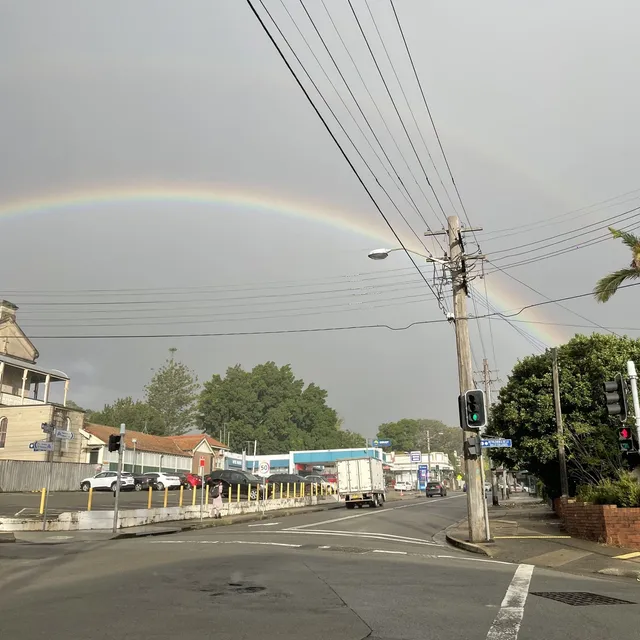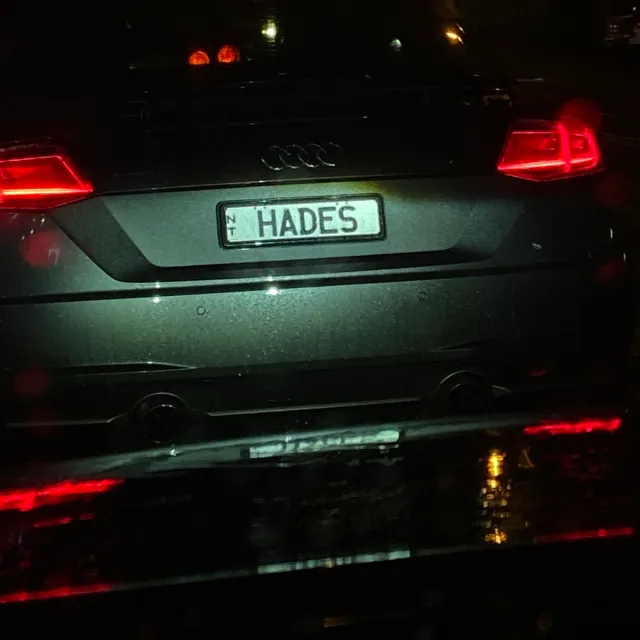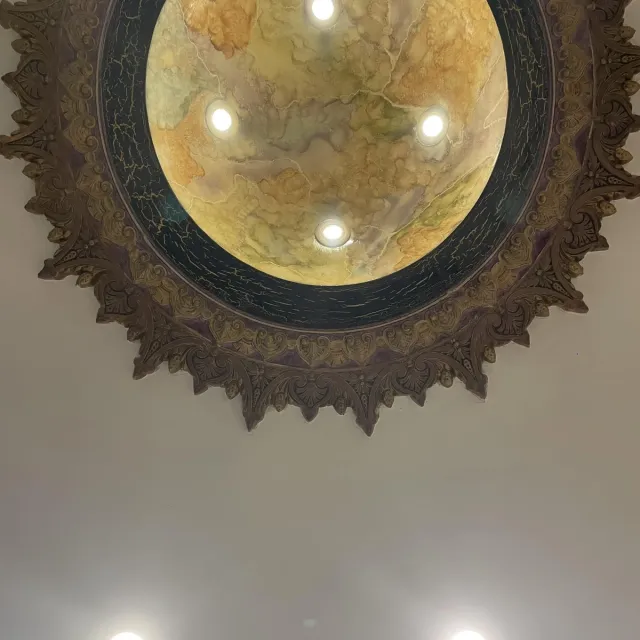Hana Pera Aoake
“Imagination and other spaces”
I
There was a summer where many fires burnt
They burnt homes, animals, bodies and forests
We wept for the death of all these beings
Our bodies became more fragile
We asked ourselves
“What have we inherited?”
/
Violence of the past
fear for the future
carried down through the years
a heavy knot in the shoulders
Carrying this weight
/
What can I do?
One must begin somewhere
Begin what?
The only thing in the world worth beginning: The End of the world of course1
/
In Te ao Māori when a child is born, they exist between worlds
Their bodies are the sum of all those who have lived and passed away
When you have a child they appear as the sum of every person you have ever loved
/
Matariki occurs in June in the middle of the Western year
Time stretches out
It was never linear
Matariki (our new year) is symbolically is the dawn for a new beginning,
because it is the time where we see the sky as it was in the beginning – at the time of creation/
Those that have been lost exist forever and they appear across the land
These are the streams of water that are the arteries of Papatūānuku (the earth mother)
They are the three pou that hold up the sky
Ranginui (the sky father) has their neck supported by Tautoru (the Three Belt stars of Orion)
Tautoru rises east just before dawn
Ranginui has one shoulder held up by Matariki (the Pleiades star cluster)
Matariki heralds the arrival of the sun
Ranginui’s other shoulder is held up by Takurua (Sirius)
Takurua is close to the point along the horizon where the sun will rise at the southern summer solstice
As children we pointed to the stars and said “That’s my Nana.”
/
the dead are never dead you see
for we see them every winter as the stars rise,
the tides lap against the shore
and
new babies are born
/
The heavy strain in the body is that we carry the bodies of many
Sometimes we carry these bodies in our names
Hana from ‘Koroneihana’
Meaning coronation
coming from the Kiingitanga movement
and my father born during the coronation year of
Te Atirangikaahu, the late Māori queen
Pera
My Grandmother’s name
Aoake
Meaning ‘Ao’ – the world
‘Ake’- a particle meaning to emphasise to whom something belongs or for whom something is intended
I was promised the world upon my birth
The spaces in between where we see the ones we love,
never lost
just somewhere else
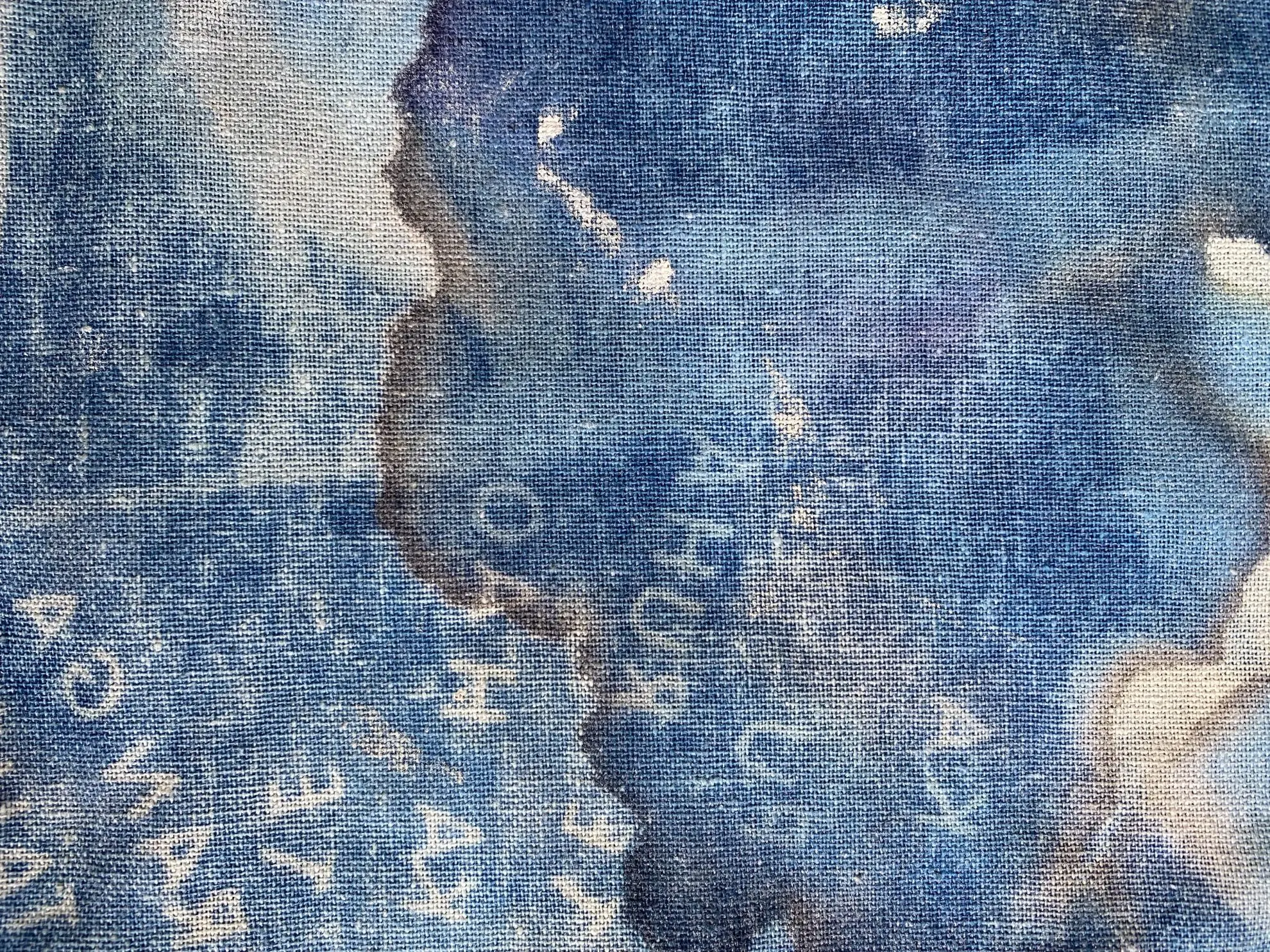
II
I would go to this land of mine and I would say to it: “Embrace me without fear ... And if all I can do is speak, it is for you I shall speak.”2
In Michel Foucault’s 1967 essay, Of Other Spaces: Utopias and Heterotopias he describes the way in which our understanding of space, notably the relationships that exist between environments, people and all ‘things’ has changed. He begins by reminding us of the European Mediaeval arrangement of spaces as being moderated through hierarchy within feudal management systems where catholicism reigned supreme. Some spaces were obviously of more importance than others, but this drastically changed with the introduction of astronomer Galileo di Vincenzo Bonaiuti de' Galilei’s heliocentric model of the universe. By demonstrating that the Earth rotated around the sun Galileo opened up the idea of the vastness of space. He posited that there wasn’t such a limited view of the universe and thereby transformed the importance of any one space, locale, as being fixed or as Foucault put it the ‘infinitely open space’. He described the Modern era with a new perspective of space called, ‘emplacement’. Emplacement is a noun that means, ‘a putting or fixing in place; a place or site’, with its etymology simply meaning ‘En’ ‘place’, which comes from Old French. By using the word emplacement, Foucault attempted to describe the relations between locations in space and how the production of a space (ie: a Museum, classroom or library) is “haunted by fantasy” in that they are elaborately constructed and it is the choice of its inhabitants to adapt themselves to its shared meaning. An emplacement is a choice; it is a way we organise the world and its human technologies and systems in order to make that organisation seem rational and necessary. We divide the inner form from the outer, the internal from the external, and give different meaning to different types of spaces depending on our relationship to it. However, he writes that we “live inside a set of relations that delineates sites which are irreducible to one another and absolutely not superimposable on one another.”3
Foucault imagines these places as being in opposition to utopias, which don’t exist. He calls them instead Heterotopias. Heterotopias arrange multiple spaces. A heterotopia creates an imaginary order and reason which serves to stress their inexistence elsewhere. They exist in all cultures and times. There are six different ways in which he describes them, but I won’t go into that. Instead I want to think through two examples he gives of a Heterotopia and what this might mean in terms of the difficulty in not just imagining paradise but actualising what that could mean. For instance Foucault describes a garden, which although might seem to be beautiful and a space of tranquillity is highly organised. Think, if you will, of the colonial implications of a Botanical garden with one section that is an ‘Egyptian’ garden, set against a ‘Chinese’ garden or an order that is based around geography. The power of a heterotopia is that it organises oppositions in a highly choreographed way, that produces a sense of completeness and a perception of order. Another interesting example is that of a mirror. On the one hand a mirror is a place without place, and on the other it is a real place. And as Foucault says, it is the mirror we find ourselves missing in the place that we are.
/
In Andrei Tarkovsky’s film The Mirror we see the way time, encampments and memory coleasance. The character Alexi (Tarkovsky’s persona) dislocates space and time, the film is a dream memory. With scenes that are compositions cut together, sculpting in time and creating disruptions by breaching the feeling of the normal rhythm of narrative storytelling. Is this not how we see and imagine? What are the normal rhythms of time? The sense of time’s universality is constantly being violated by personal memories. This film best describes the way we can view time as a series of ripples, disruptions, that are not stable or fixed. A heterotopia, a utopia, a vision, a blur, a fantasy.
/
My six month old baby stares at herself in the mirror and gets frustrated that the other baby does not respond.

III
The basic dilemma of our age is that "We are smaller than ourselves," incapable of mentally realising the realities which we ourselves have produced4.
I can’t imagine a paradise and maybe I don’t want to, because the multitude of crises around me seems insurmountable and I have not the imagination to imagine life without those crises
Not only has imagination ceased to live up to production, but feeling has ceased to live up to responsibility.5
In a conversation with Naomi Klein the Michi Saagiig Nishnaabeg writer, academic and musician, Leanne Betasamosake Simpson reminds us that the “...impetus to act and to change and to transform… exists whether or not this is the end of the world. If a river is threatened, it’s the end of the world for those fish…”6
It's important I imagine a future
I have to
for my child
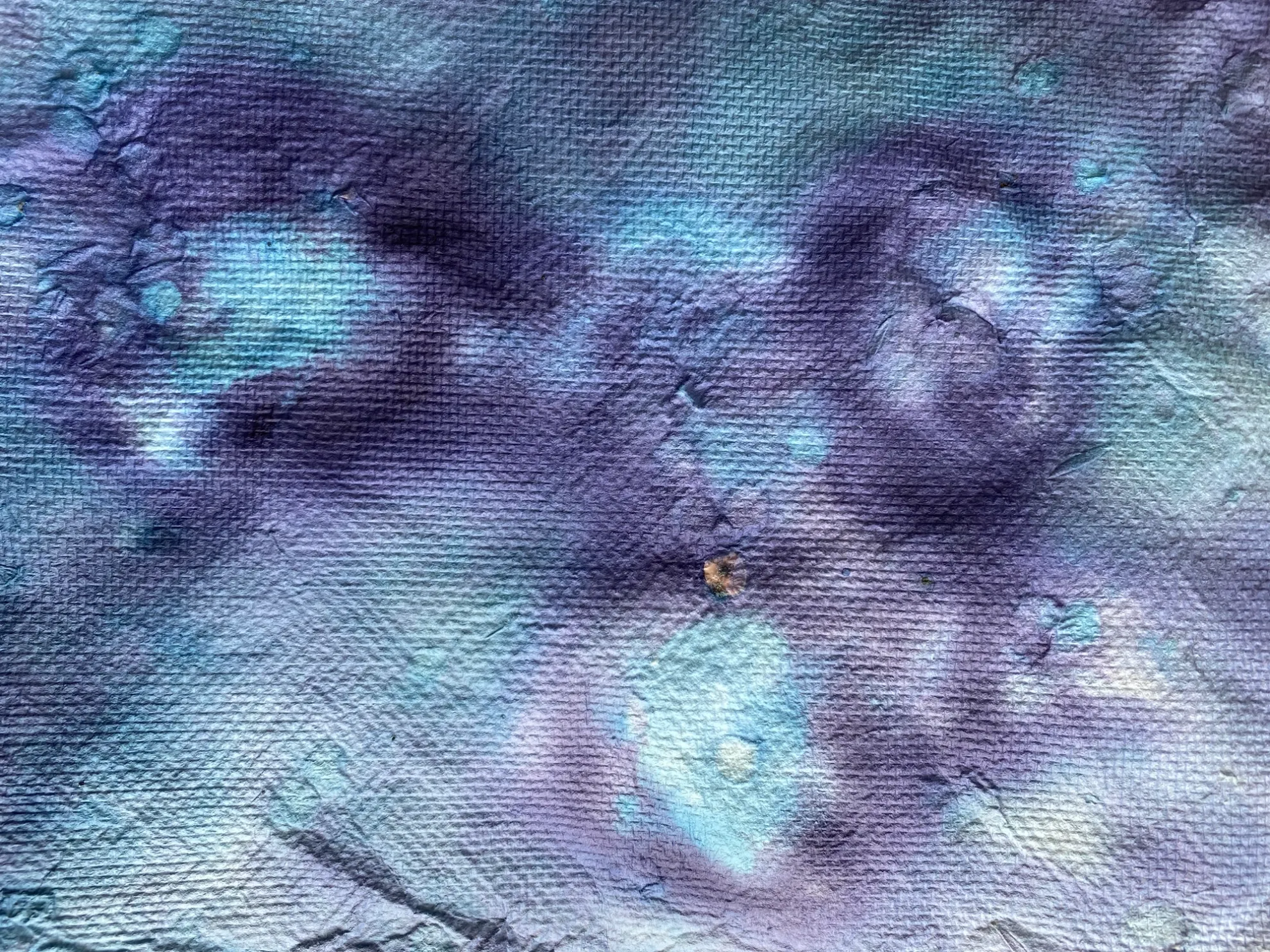
IV
There are stories all across the Pacific or Te Moana-nui-a-Kiwa of the shapeshifting trickster, Māui. A Demi god h/she 7is said to have braided rope strong enough to capture the sun, fished up the North Island Te Ika-a Māui and discovered fire by taking all of his grandmother Mahuika’s flames in her fingernails. The story I think of the most is when Māui sought immortality. Māui went to the goddess of death Hine-nui-te-pō and climbed up her thighs. A Pīwaiwaka flew right up to H/She to see what they were doing. Māui told the bird of their plan to go back into the womb where h/she was sure h/she could receive immortality. The Pīwaiwaka warned Māui about cutting across the natural laws, but Māui continued on their journey. The Pīwaiwaka woke the sleeping Hine-nui-te-pō up. Hine-nui-te-pō asked Māui what h/she was doing heading up to her groin and Māui told her about wanting to be like the Moon. Hine-nui-te-pō said she could grant Māui their wish but h/she was not to return to the womb; she then crushed Māui between her thighs and made them the first menstruation to come into the world. As long as people menstruate, Māui will live on.
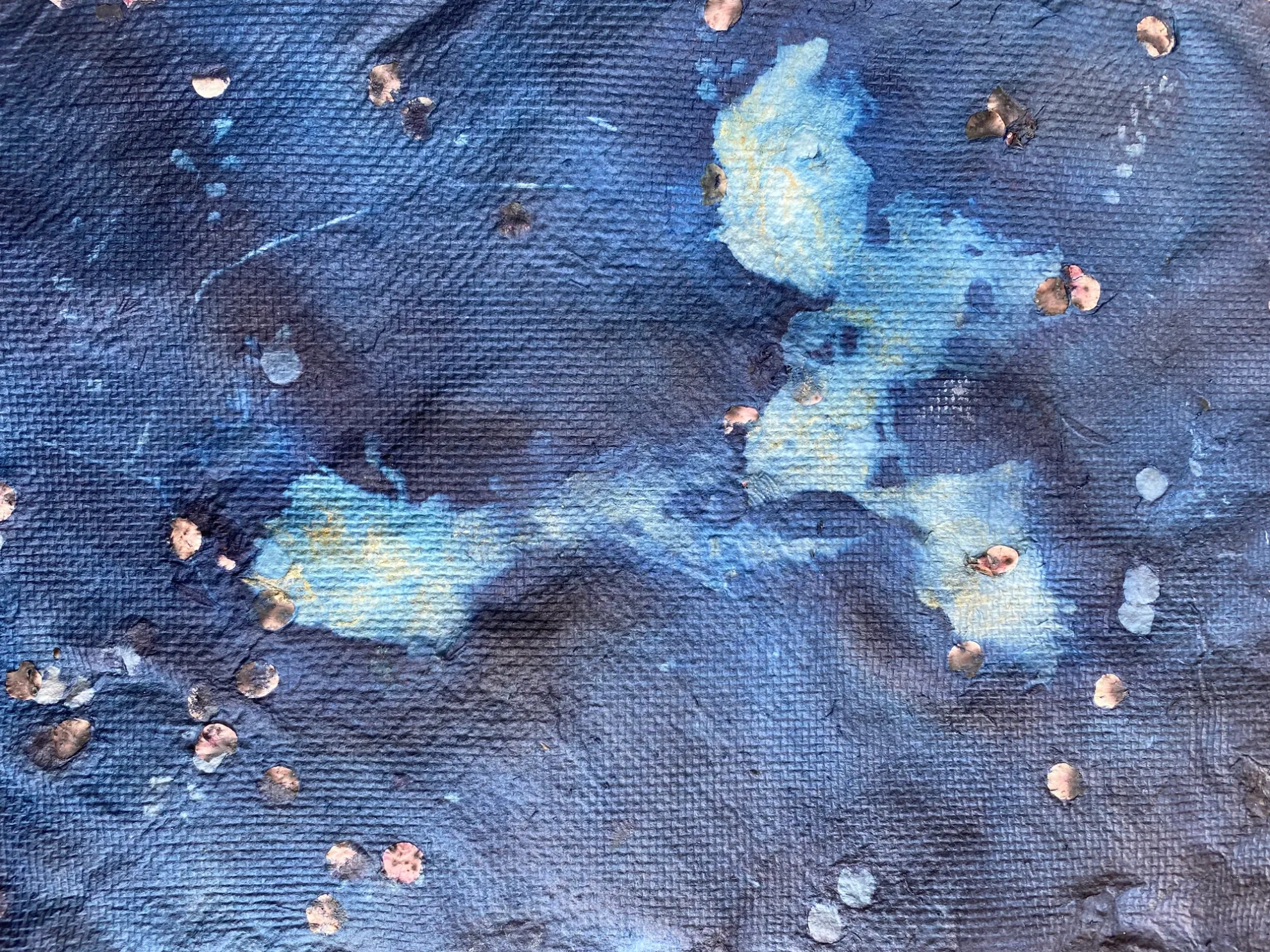
V
Hear the white world horribly weary from its immense efforts its stiff joints crack under the hard stars its blue steel rigidities pierce the mystic flesh bear its deceptive victories tout its defeats hear the grandiose alibis of its pitiful stumbling8
Perhaps a paradise could be just a realigning of values inherent in Indigenous ways of knowing. The Māori tohunga Māori Marsden wrote that man was the conscious mind of Mother Earth and that we are supposed to play a vital part in regulating her life support systems, with a duty to enhance and sustain those systems.9
Recently I spoke to a photographer who photographs museum taonga (treasures, sacred artefacts), who described her process of introducing herself and stating her intentions. Seeing things that belonged to your ancestors in a museum is a particular kind of grief. We spoke about how museum artefacts hold the mauri (life force or essence) of those to whom they once belonged. The residue of life lingers in objects, even stuffed animals.
Robin Wall Kimmerer often describes this Indigenous way of knowing as understanding that species are not only other beings or persons, but teachers, who can share with us new ways of sharing the world and of how to live.10
As my daughter grows and learns about the world, I hope she may recognise these other spaces, heterotopias, ways of knowing and being, so that she can recognise and respect all life. I want her to understand that there always has been an end of the world, because as Indigenous people our world has ended over and over again. Our paradise was a memory that exists now only in retelling or in the colonial imagination of the Pania of the reef.
Hana Pera Aoake (Ngāti Hinerangi, Ngāti Mahuta, Ngāti Haua, Tainui/Waikato, Ngāti Waewae) is a writer, and artist based in Ōtepoti, Aotearoa. Hana published their first book, A bathful of kawakawa and hot water with Compound Press in 2020. Currently they work with Morgan Godfery on Kei te pai press, a publishing and education project.
